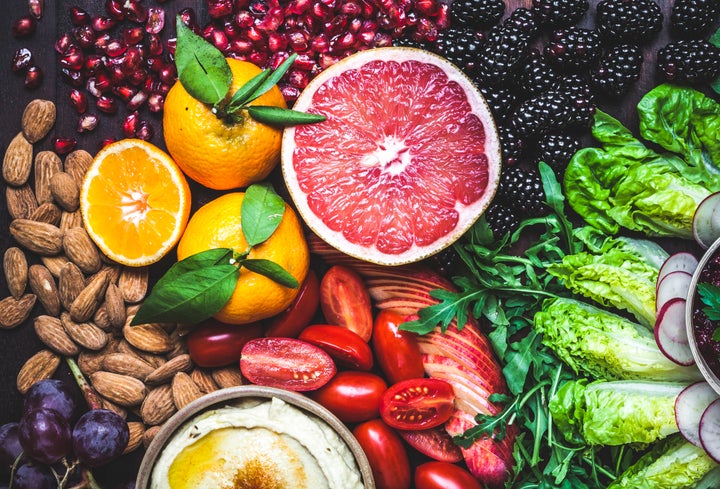We’ve become disconnected from our food.
Sowing seeds, harvesting crops and raising livestock are things that happen elsewhere, before we pick up our weekly shop in neatly wrapped packages.
An issue with this is a spike in how much energy is consumed to make our meals happen. The UK currently imports 50% of its food and feed for livestock – meaning a whole lot of extra air miles – while around a fifth of the average person’s carbon footprint is derived from the food we eat, according to The Carbon Trust.
So, how to upgrade your supper into something sustainable? ‘The government is falling behind with policy and targets to do with climate change,’ says Emily Clark, a journalist and the woman behind environmentally-friendly, low carbon food blog mygreenfeasts.com.
‘That’s what made me strive to create an impact via food.’
Here are her thoughts on cooking and eating with the environment in mind.
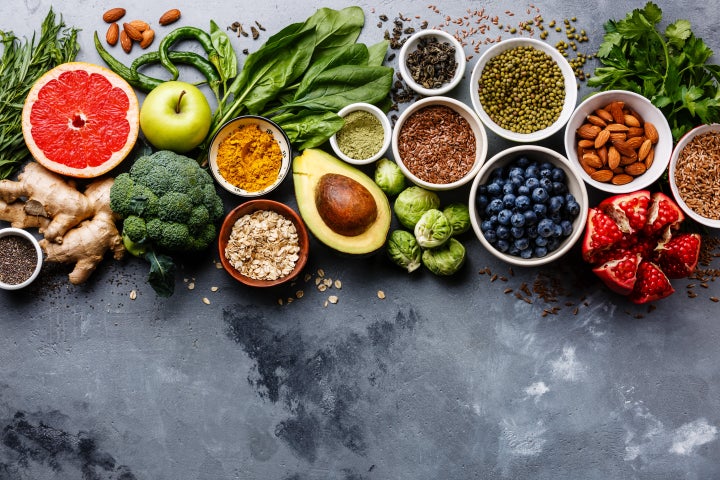
Think about how you cook
There is an energy-consumption hierarchy of cooking methods. The most efficient, as Clark says, is the microwave: it cooks things fast and heats up quickly. ‘Broccoli with a splash of hot water in a bowl and microwaved uses less energy than getting a steaming basket out and doing it over the flame,’ she advises.
Next is hob cooking, and, lastly comes oven cooking (roasting a piece of mackerel for 10 minutes is obviously more energy-intensive than a few minutes of frying).
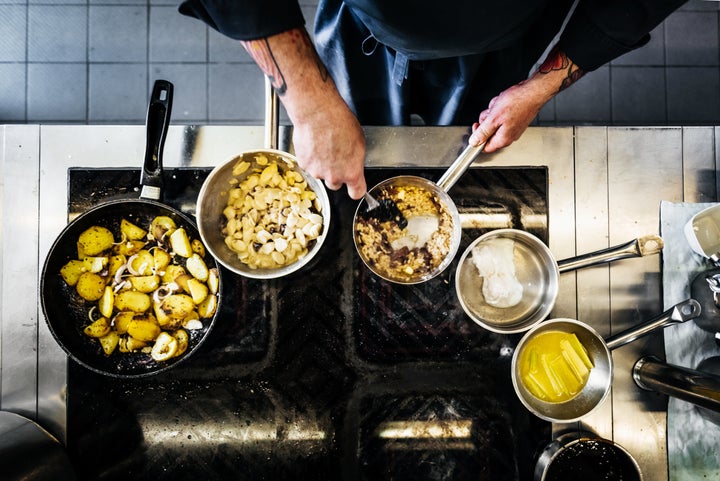
Be smart with prep
When your food is actually cooking, there are loads of ways to minimise how long it’s going to take.
‘Chop potatoes and other veg into smaller chunks, so they steam or roast faster,’ says Clark. ‘And just boil the water you need for steaming.’ When you do use the oven, try not to open the door while cooking as this will allow the heat to escape, and keep the whole thing clean – grease will absorb heat.
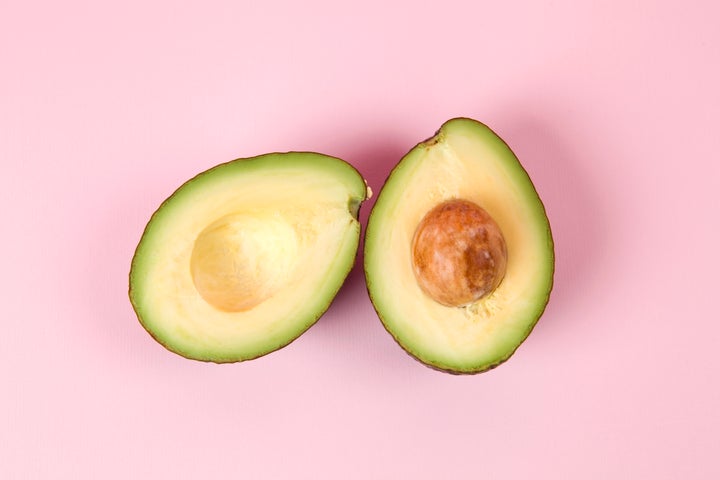
Stay seasonal
‘One of the main tenets of low carbon cooking is seasonality,’ Clark says. ‘If we buy things like tomatoes, aubergine and peppers out of season, they’ve probably come from heated polytunnels, or have been shipped or flown in from abroad.’
Check your packets to avoid produce that’s come from places like Mexico, South Africa and New Zealand, and stay away from the obvious, like strawberries in the winter or asparagus in October.
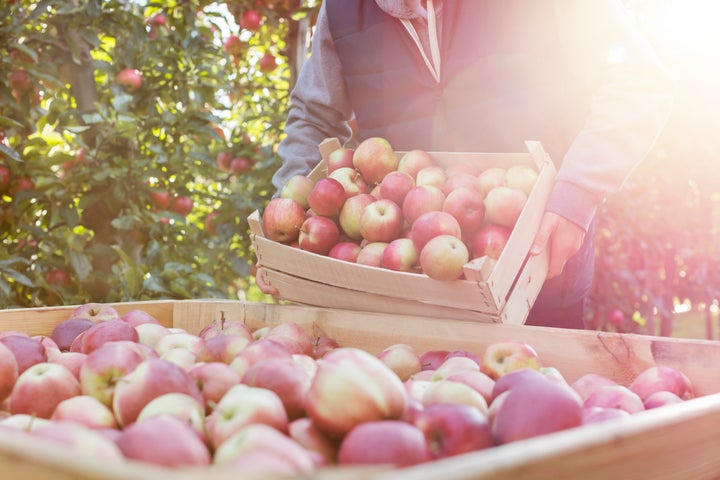
Buy organic
Organic food is grown without the use of chemical pesticides and herbicides. These, as well as killing bugs that may harm crops, can contribute to disrupting ecosystems and worsening soil quality, according to The Soil Association.
‘It’s hard to always buy organic on most of our salaries,’ Clark says. ‘But I try and buy what I can afford, to support sustainable farming practices.’
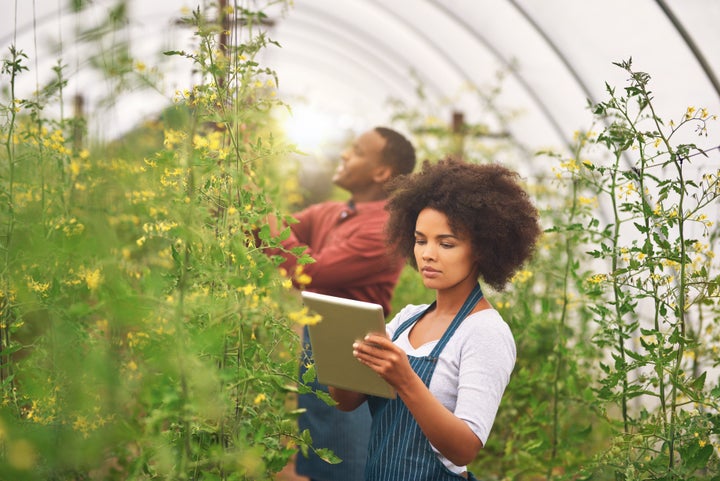
Think carbon, not calories
Everything we eat or drink has carbon associated with it – from a cup of tea to a steak. ‘It’s worth reading a book called ‘How Bad Are Bananas?’ by Mike Berners-Lee, [carbon foot printing expert and brother of Tim, who invented the World Wide Web] which gives an insight into this stuff,’ Clark says.
Just as we break down the nutritional components of a meal to make choices on what could be an everyday dinner and what should be a treat, in the future, we could look to do the same for carbon.
